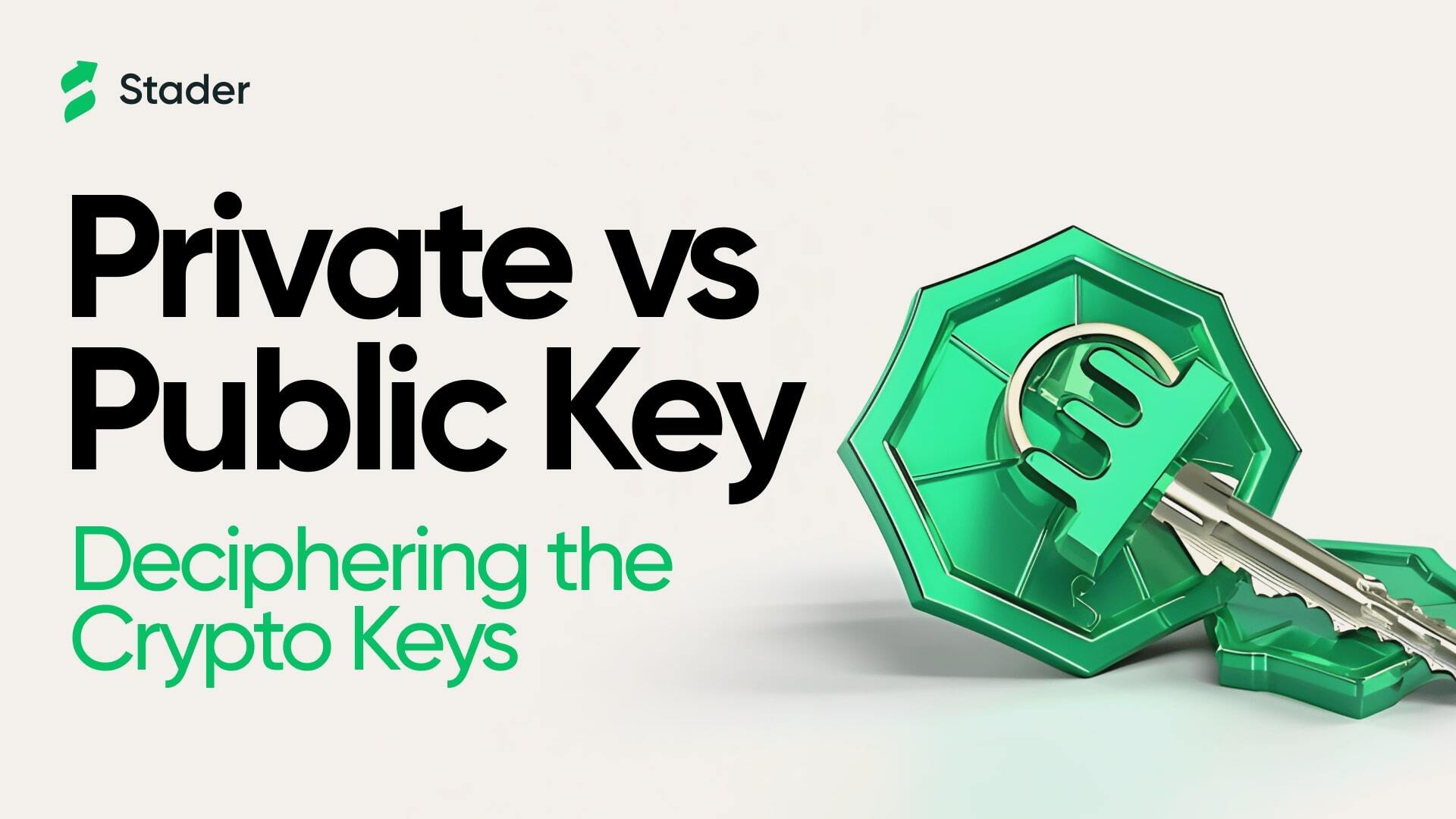Private vs Public Keys: Know The Difference

Private vs Public Keys: Know The Difference
By:
Zainab Saberi
Join Stader’s newsletter
Get the latest updates, new DeFi strategies and exclusive offers right in your email box
Analytics
© Copyright 2023 Stader. All rights reserved.











